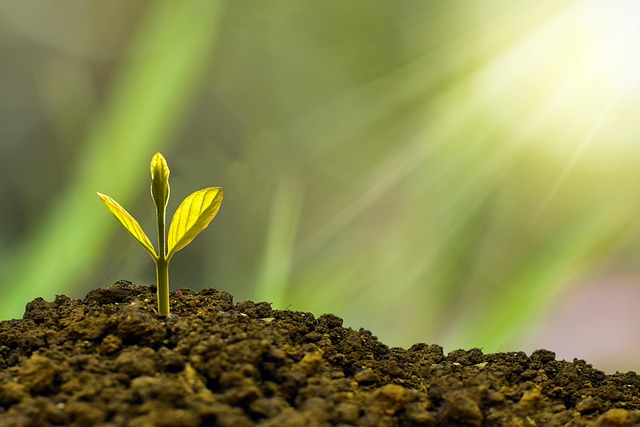Understanding the Urgency of Desertification
Desertification is not just an environmental issue; it’s a pressing challenge that impacts the livelihoods of millions around the world. As fertile land degrades into barren desert, communities face food insecurity, economic instability, and displacement. The creeping threat of desertification serves as a stark reminder that our approach to the environment and economy must evolve. Embracing a green economy provides a hopeful path forward, marrying sustainability with economic growth to restore land and livelihoods.
What is a Green Economy?
At its core, a green economy is one that results in improved human well-being and social equity, while significantly reducing environmental risks and ecological scarcities. When we focus on this model within the context of desertification, it means adopting practices that regenerate land, conserve resources, and support sustainable agriculture and renewable energy initiatives — all while fostering economic opportunities in vulnerable regions.
Practical Steps Toward Reversing Desertification
Building a sustainable green economy requires innovative solutions rooted in local knowledge and global collaboration. Here are some effective steps being taken worldwide:
- Agroforestry Practices: Integrating trees with crops and livestock to improve soil quality, reduce erosion, and increase biodiversity.
- Renewable Energy Projects: Implementing solar and wind energy initiatives to power rural communities and reduce carbon footprints.
- Water Conservation Techniques: Employing rainwater harvesting, drip irrigation, and efficient water management to safeguard scarce water resources.
- Community Engagement and Education: Empowering local populations with knowledge and tools to implement sustainable land management.
The Social and Economic Promise
Transitioning to a green economy in desertified regions doesn’t just protect the environment; it revitalizes communities. Jobs are created in sustainable agriculture, renewable energy, and conservation sectors. Food and water security improve, leading to healthier populations. As the land heals, so does the economic vitality of entire regions, breaking the cycle of poverty linked with environmental degradation.
How You Can Support the Movement
Every individual can play a role in fostering a green economy that combats desertification. Supporting companies committed to sustainable practices, advocating for policies that protect vulnerable ecosystems, and spreading awareness about the importance of land restoration all contribute to this vital effort.
The journey to reverse desertification is challenging, but with sustainable economic models and collective action, we can rebuild greener, more resilient communities — turning once barren lands into thriving landscapes for generations to come.


